Your basket is currently empty!
Alchemist monks and the mysterious creatures
“Stories of enchantment, magic and spells are handed down, of those monks who, from the fortress of the coenobium, in the districts of Lìngari towards the Maàro, practiced singular spells with the sparks of two flints, turning women into toads, funny, with medieval texts of bestiaries. It was for this reason that the women in the village raised a cat called mammone and they knew particular ejaculatory prayers handed down until today by the grandmothers: ” tri stizzi di sangu e Gesù in agonia, tri fila di capiddi di Maria, scatinati e sdilliati a cu vo mali a mia “.
(From “Gratteri da Crater, coppa Graal: grezzo diamante nella concava roccia ” by Marco Fragale)
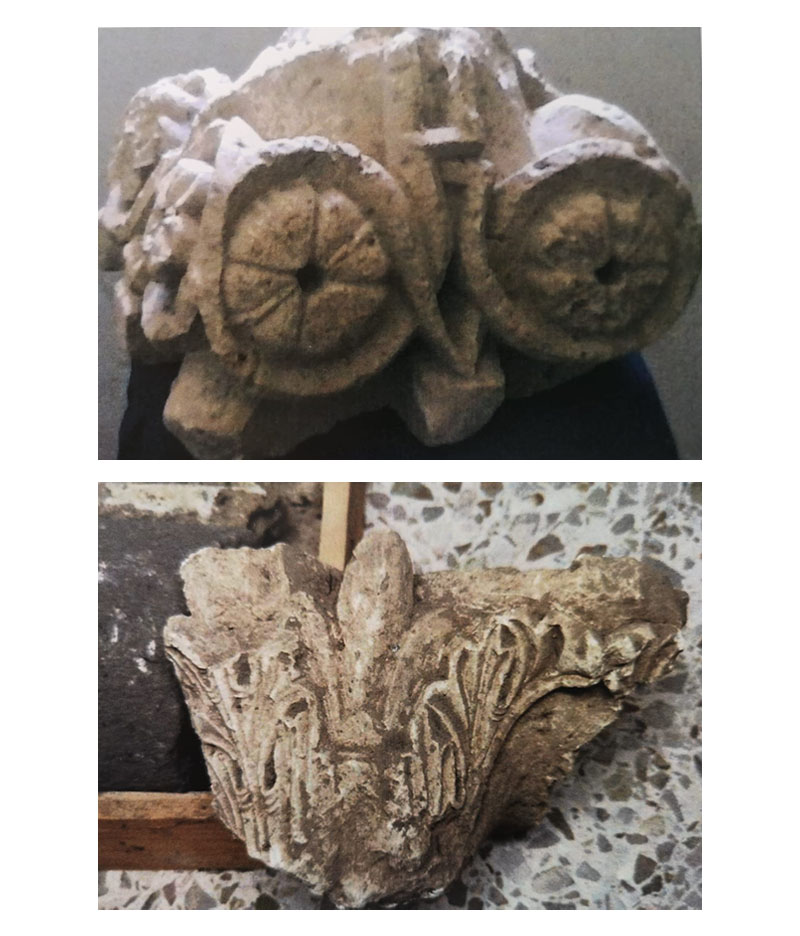
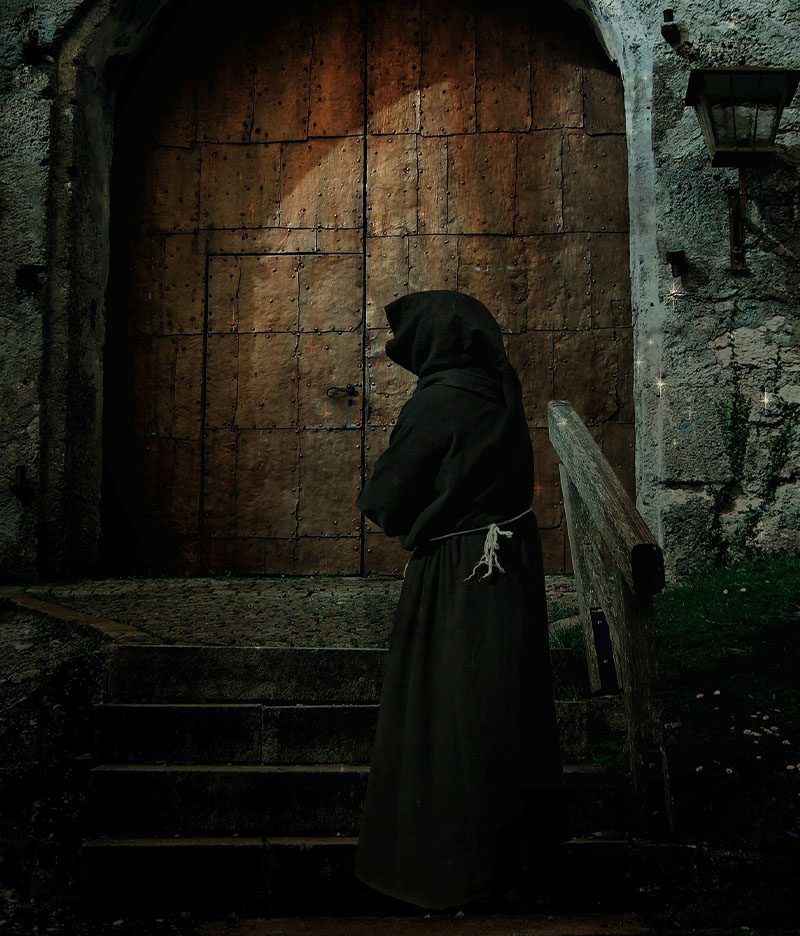
Concerning the conduct of those monks who lived as hermits in that medieval abbey located in a forest inhabited by wolves, there were mysterious stories that seem to come out from the famous novel The Name of the Rose by Umberto Eco.
In recent twenty years have been collected several ethnologists of elderly interviewed who told popular stories and suggestive beliefs that see as protagonists those religious who are said to practice alchemies and singular spells. For example, some elderly women of the country told that these monks performed a particular ritual to treat unusual diseases using the sparks of two flints.
This practice was learned later, by the women of the village who were still caring, until some time ago, herpes zoster – commonly called “Fuoco di Sant’Antonio” (shingles) – by rubbing two “ferrous” stones causing the sparks to fall on the part of the inflamed body (Lucia Cirincione, born in 1923).
As for the popular belief of the spirits of women imprisoned in the bodies of small animals such as toads – funny – it would be of extraordinary anthropological interest. Similar stories can be found throughout the Sicilian territory.
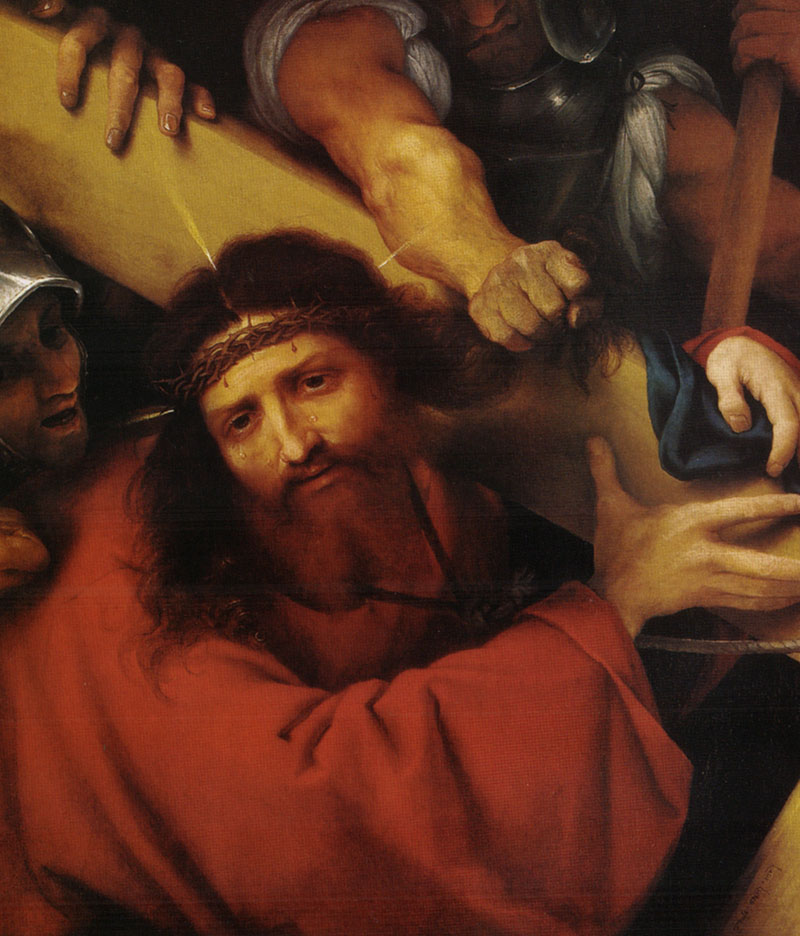
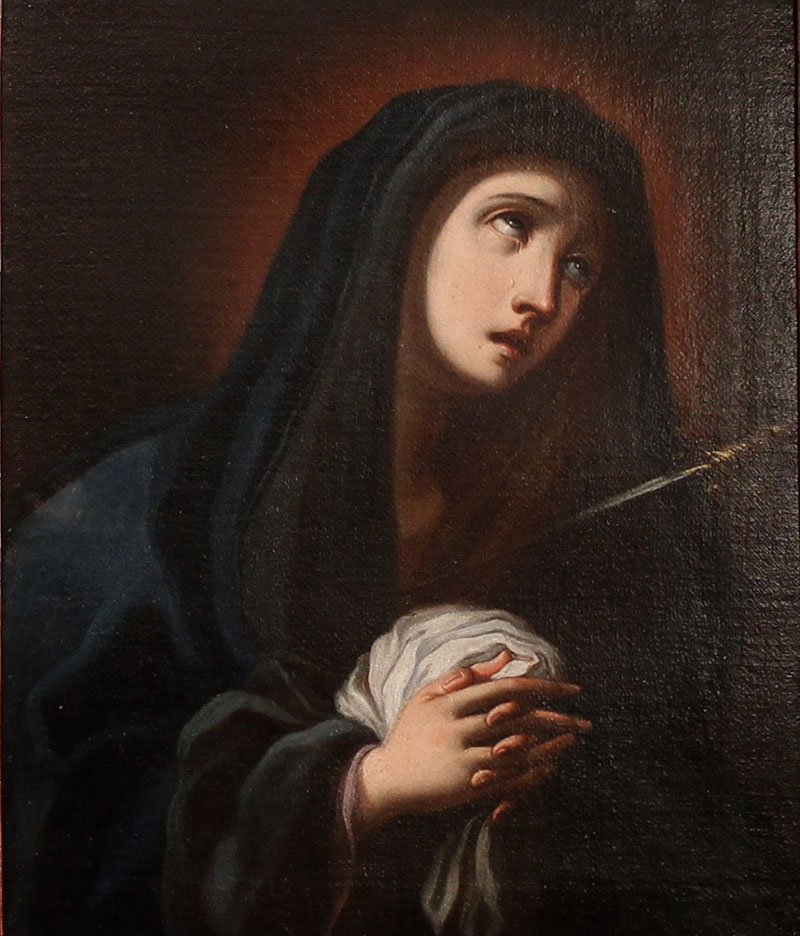
Elsa Guggino, for example, professor of Cultural Anthropology and Popular Traditions at the University of Palermo, speaks of “strange female figures of an extra-human nature“, Sicilian beliefs of millenary ancestry that are intertwined with the lives of men –i Donni– spirits who wander in air, souls of dead people who continue to roam or who permanently dwell in the places where their last breath has been taken (Guggino 2006, p.73).
Giuseppe Pitrè wrote of them: “They are both witches and fairies, without being able to truly discern how they truly differ from each other” (Pitrè 1889, p.153).
Guggino herself adds: “There are different types of women such as those di locu, a type of snakes, lizards: they are good witches who wander in the countryside. If someone kills them, breaks them in half and is in agony, they cannot die; it is said because he broke a viper, a donna di locu. These women turn into snakes or toads” (Ibidem).
Speaking of toads, some elders of Gratteri assert that in the event that you were to find similar animals in your way, it would be advisable not to touch or bother them, because due to their revenge, one could remain lame, “ciunchi” (Maria Antonina Cirincione, born in 1913).
Sometimes, these toads may also have braids, called “trizzi di donni”; however they should not be harassed or killed but tied to a tree and left to dry out so as not to fall back into their curse (Antonina Lazzara, born in 1922).
Giacomo Lanza (born in 1909) for example said that in such circumstances it was necessary to pronounce the following formula: “Se si donna ti ‘ni vai, se si buffa resti ccà!” (If you are a woman you go away, if you are a toad you stay).
In Gratteri, the folk tales related to the presence of cats called mammoni that in the past the most superstitions bred to protect themselves from evil spirits were different and specular (Santa Porcello, born in 1891).
According to some studies, the tradition of the “mammoni cat” has its roots in the Phoenician civilization (god Maimone) or in Ancient Egypt, where cats were sacred animals and symbols of fertility (god Amon).

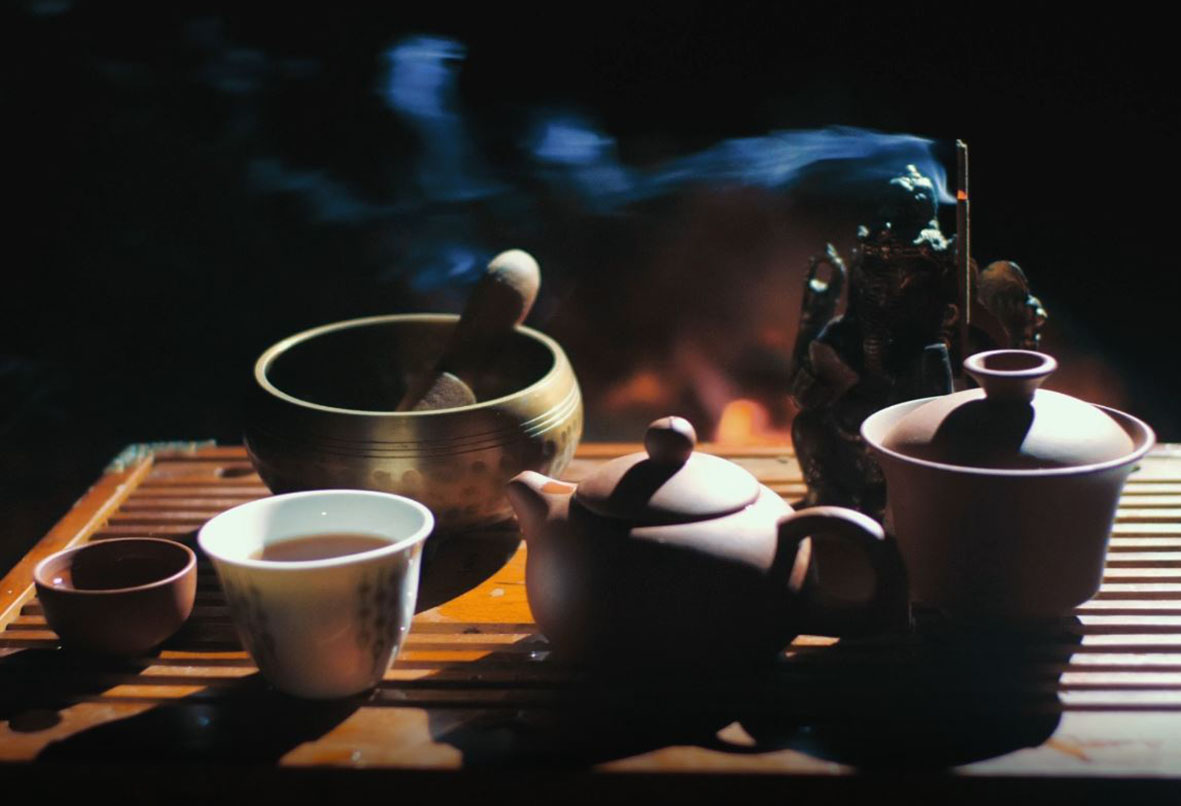
With the advent of Christianity then, these ancient pagan rituals would first be demonized and later enclosed in the Carnival that precedes Lent, and their symbols transformed into masks (M.C.Cresti, Fate e folleti della Toscana, edited by F.Cardini Firenze, L.P.Editore 2012).
This name would derive from the meeting of the term cat (animal in the Middle Ages associated with the devil) and maimun (which in Arabic means ‘monkey’) or Mammon, a word with an uncertain etymology that in Aramaic is attributed to the devil.
In popular tradition, this cat would have been dedicated to frightening grazing herds and its cry was a cross between a roar and a disturbing meow. In other narratives, however, it has a protective function and is a positive spirit, immune to the harmful effects of the spells of other spirits (F. Sabatini and V.Coletti, gattomammone in Dictionary of the Italian Language, Corriere della Sera, 2011).
A particular popular legend of extraordinary anthropological interest on the metamorphosis of spirits that would take on the appearance of animals is also the one reported in the Sicilian verses of “I Misteriosi sogni” by Ciccu Di Maria, from Gratteri who lived in the early 1900s. The dialect writer speaks of an ancient tale, told to him by an elderly lady from Gratteri, Donna Caloria La Tosta. The dialect writer speaks of an ancient tale, told to him by an elderly lady from Gratteri, Donna Caloria La Tosta.
According to this legend in the beginning, when the Gods (who consider the Saints) descended on Earth to share it among themselves, violent quarrels took place, so much so that to escape the dangers, they decided to transform themselves into animals: Giovanna in fox, Vito in dog, Silvestro in a wolf, Marta in a cat, Zaccaria in a mouse, Erasmo in a donkey, Pasquale in a sheep, Isidoro in a bull and so on.
From that moment on, animals were said to speak, but in truth, it was the Gods who had assumed their form. It was for this reason that the Saints later became protectors of those certain animals (Ciccu Di Maria, Misteriosi sogni – Sicilian verses, verses 1-43 – reprint 2008). This, like other similar folk tales, are nothing more than cultural legacies of millenary stories, syncretisms of different peoples and cultures that have occurred over the millennia.
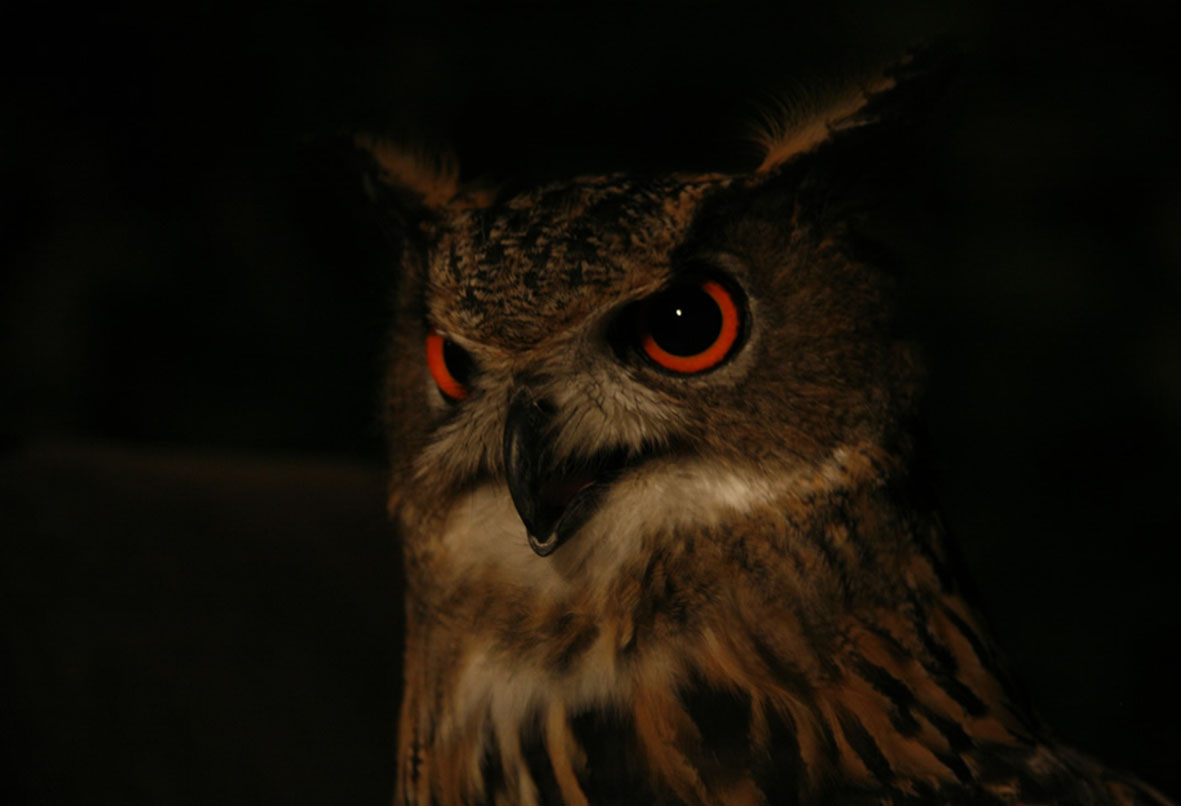
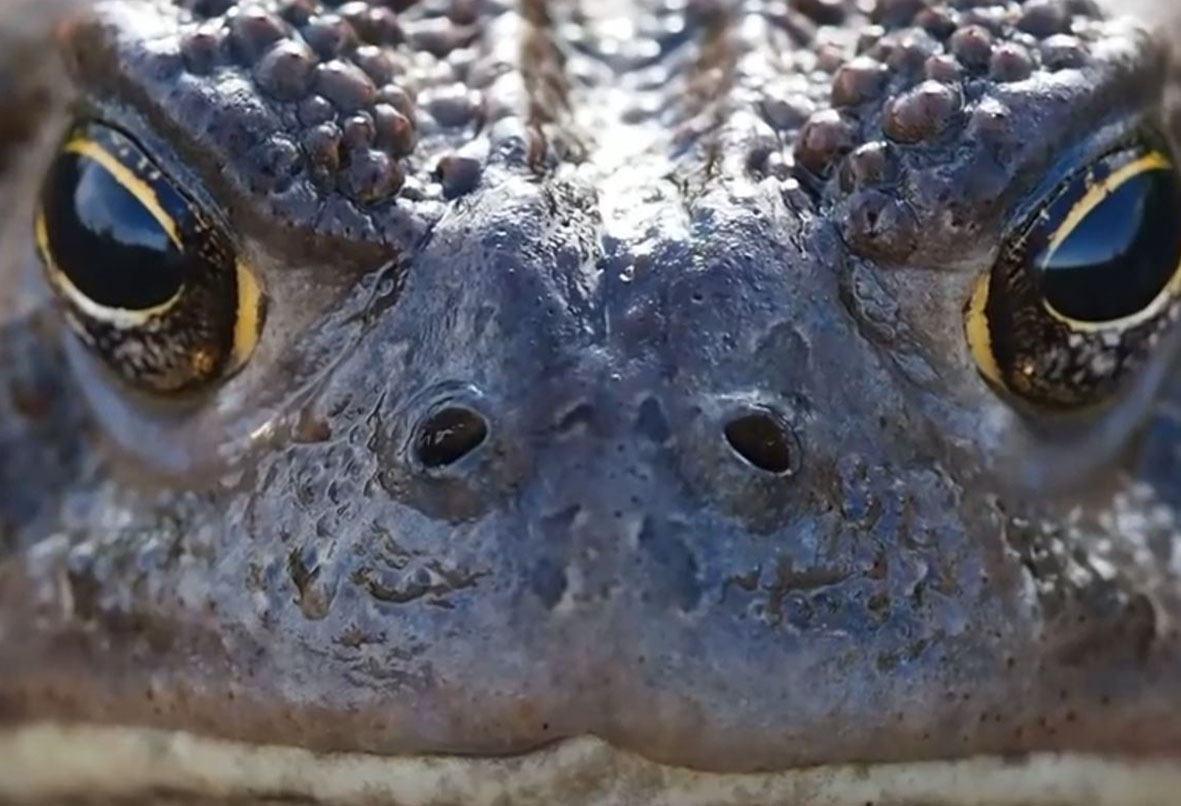
Marco Fragale
(Università di Palermo)
Bibliografia:
ALINEI MARIO, Dal totemismo al Cristianesimo popolare, Edizioni dell’Orso, Alessandria, 1984
CRESTI MATTEO COSIMO, Fate e folleti della Toscana, a cura di CARDINI FRANCO, Firenze, L.P. Editore, 2012
DEVOTO GIACOMO, Avviamento all’etimologia italiana, Milano, Mondadori, 1979
DFI: Dizionario della fiaba italiana a cura di GIAN PAOLO CAPRETTINI, ALESSANDRO PERISSINOTTO, CRISTINA CARLEVARIS, PAOLA OSSO, editore Meltemi, 2000
DI MARIA FRANCESCO, Misteriosi sogni – Versetti siciliani, 1904, versi 1- 43 – Palermo, ristampa 2008
DLI: Dizionario della Lingua Italiana – gattomammone, in Il Sabatini Coletti a cura di FRANCESCO SABATINI e VITTORIO COLETTI – Corriere della Sera, 2011
GUGGINO ELSA, Fate, Sibille e altre strane donne, Sellerio Editore Palermo 2006
MANNELLA PIER LUIGI JOSE’, Trizzi di donna, tra etnopatia e virtù, in Etnografie del contemporaneo ANNO 1 n. 2, 2019 – Associazione per la conservazione delle tradizioni popolari –
Museo internazionale delle marionette “A. Pasqualino”, Palermo.
PITRÈ GIUSEPPE, Costumi, credenze e pregiudizi del popolo siciliano, Vol. 4, Palermo 1889
PITRÈ GIUSEPPE, Medicina popolare siciliana, Clausen, Torino-Palermo, 1896


